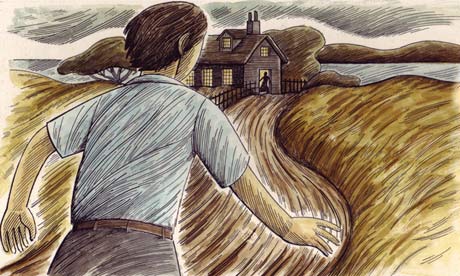“Childhood memories are sometimes covered and obscured beneath the things that come later, like childhood toys forgotten at the bottom of a crammed adult closet, but they are never lost for good.”
(The Ocean at the End of the Lane)
One of the things which might lead us to mistake Neil Gaiman’s novel for children’s literature, is the fact that it requires and in some way it even forces us to remember what it meant to be a child. Though in my previous post I have promised to analyse certain elements from Gaiman’s The Ocean at the End of the Lane, it may broaden our perspectives to first elaborate on the importance of how the idea of remembering through children’s literature may be crucial in our world today.
Louise Joy, who teaches Critical Approaches to Children’s Literature at Homerton College, claims that one of the main reasons why adults turn to children’s classics is because these evoke that which the adult world lacks and we wish it contained. [And in the end] instead of telling us about childhood or the child condition, they more obviously tell us something about the adult condition (read more about her research of re-reading children’s literature here).
Gaiman’s novel is no exception to this idea either. His use of references to mythologies, other children’s classics, and common childhood fears all serve as a kind of map to the various deep-rooted issues in our adult lives. And on top of this, these stories do not require vast knowledge of adult sciences to make us understand them. They only require our memories of ourselves as children, and these, fortunately, are never lost for good. They just need a little dusting off.
Sources:
1. http://www.cam.ac.uk/ 2. http://www.theguardian.com/ 3.http://riversihaveknown.com/



